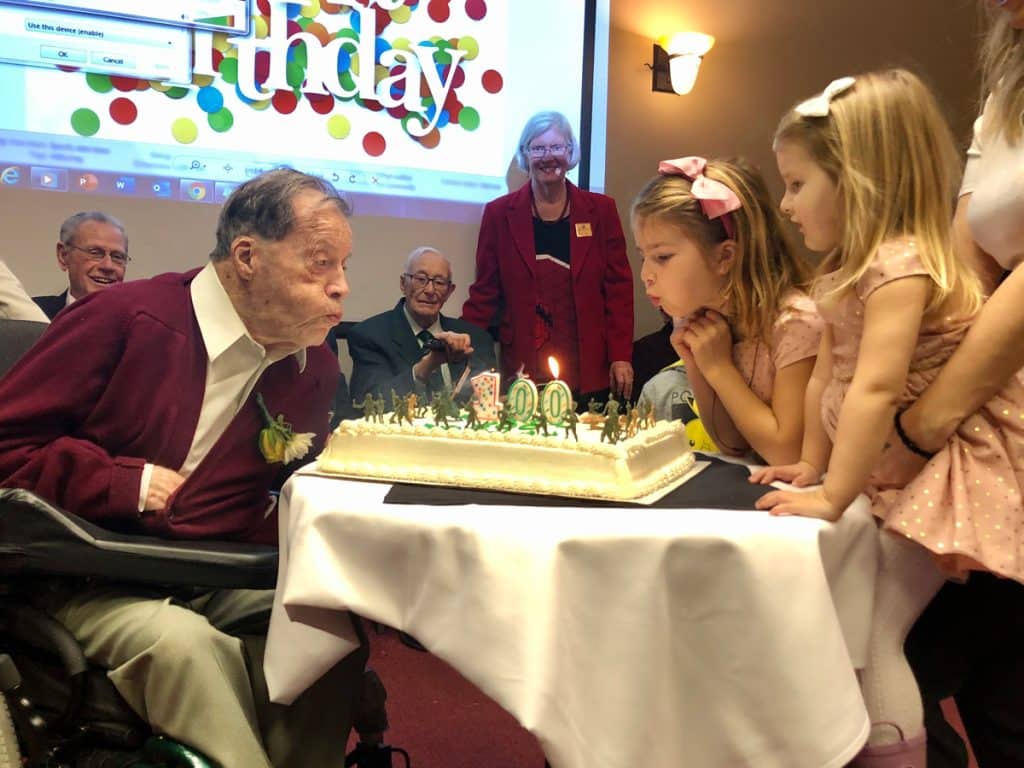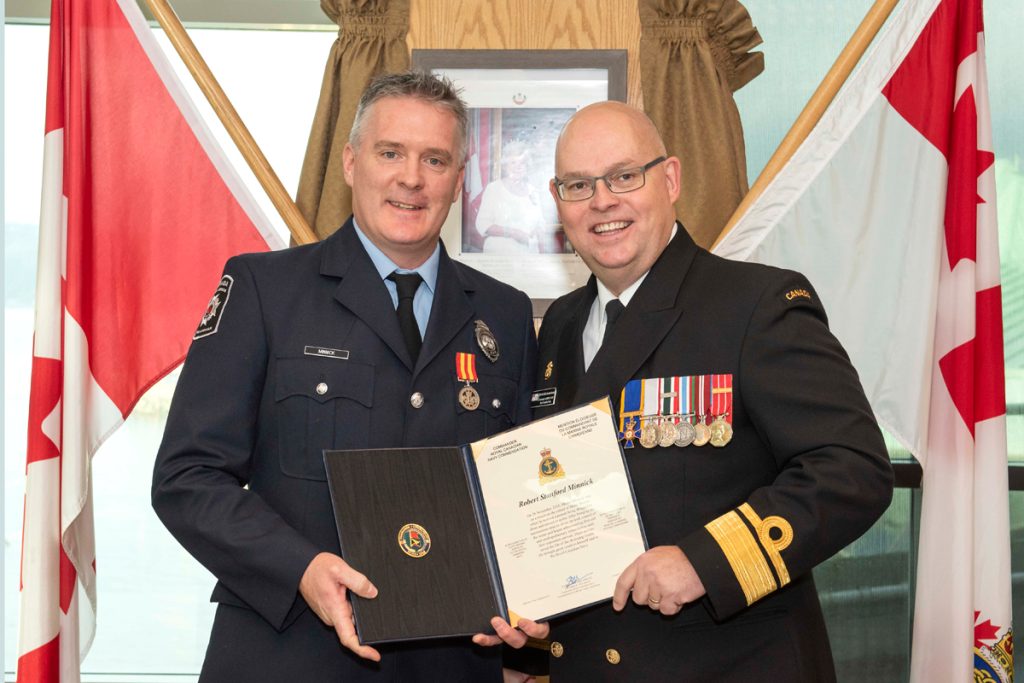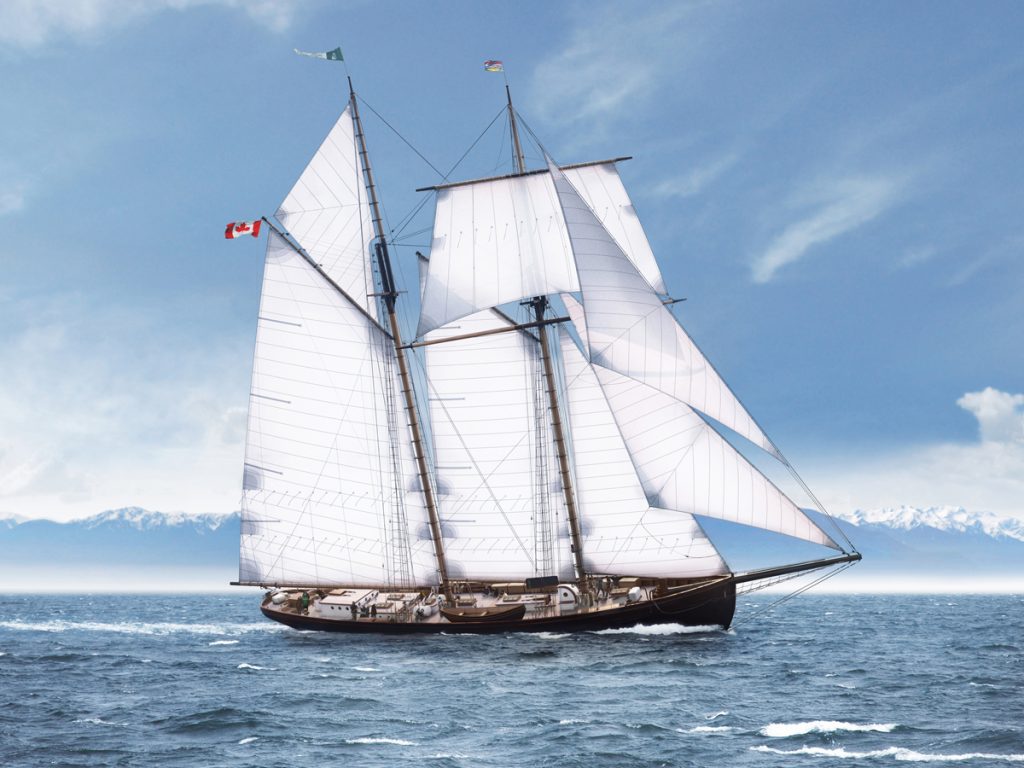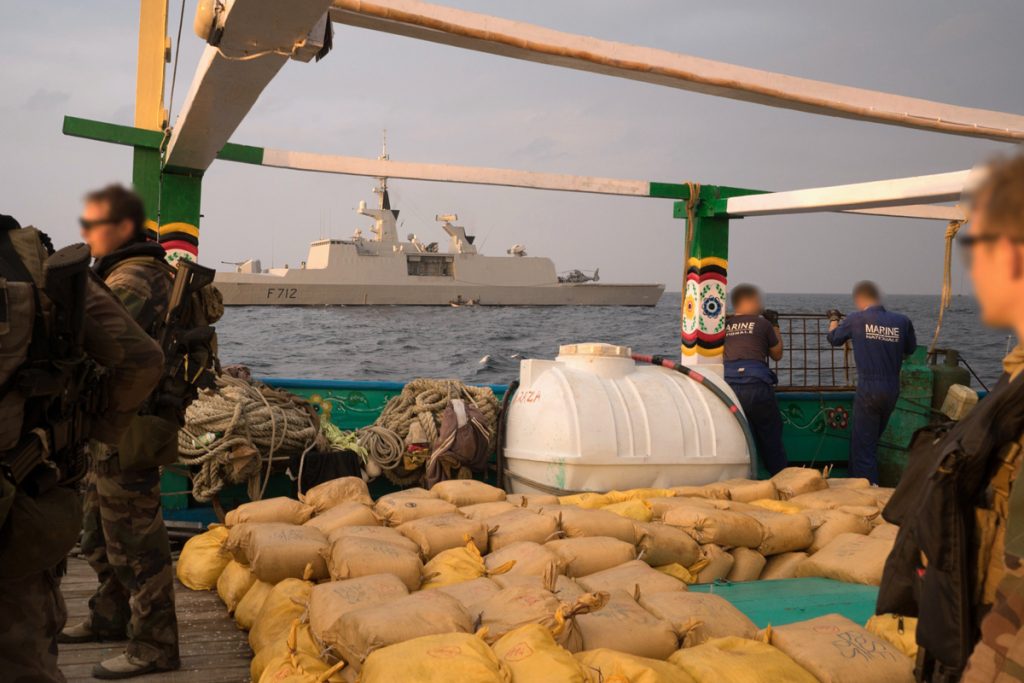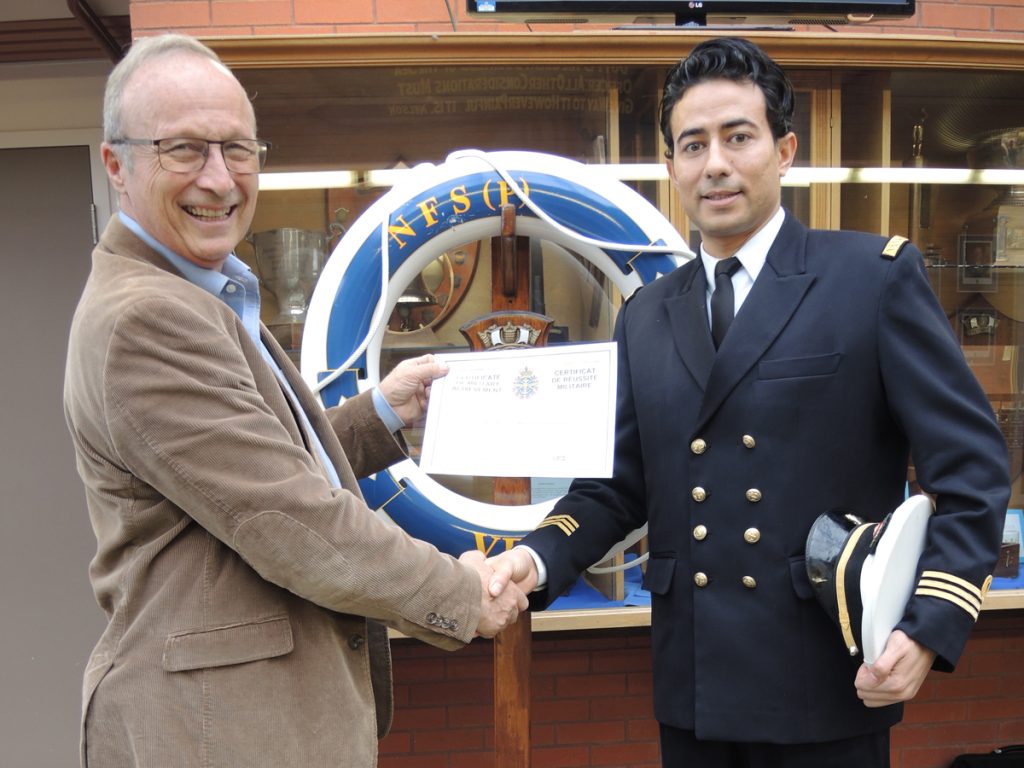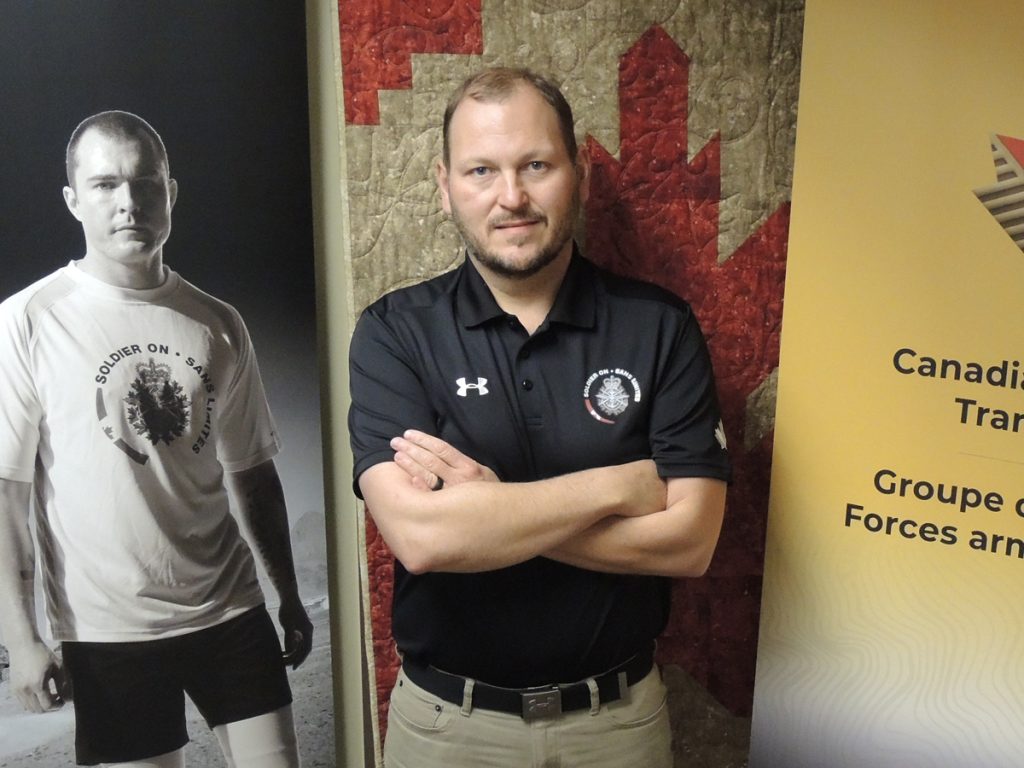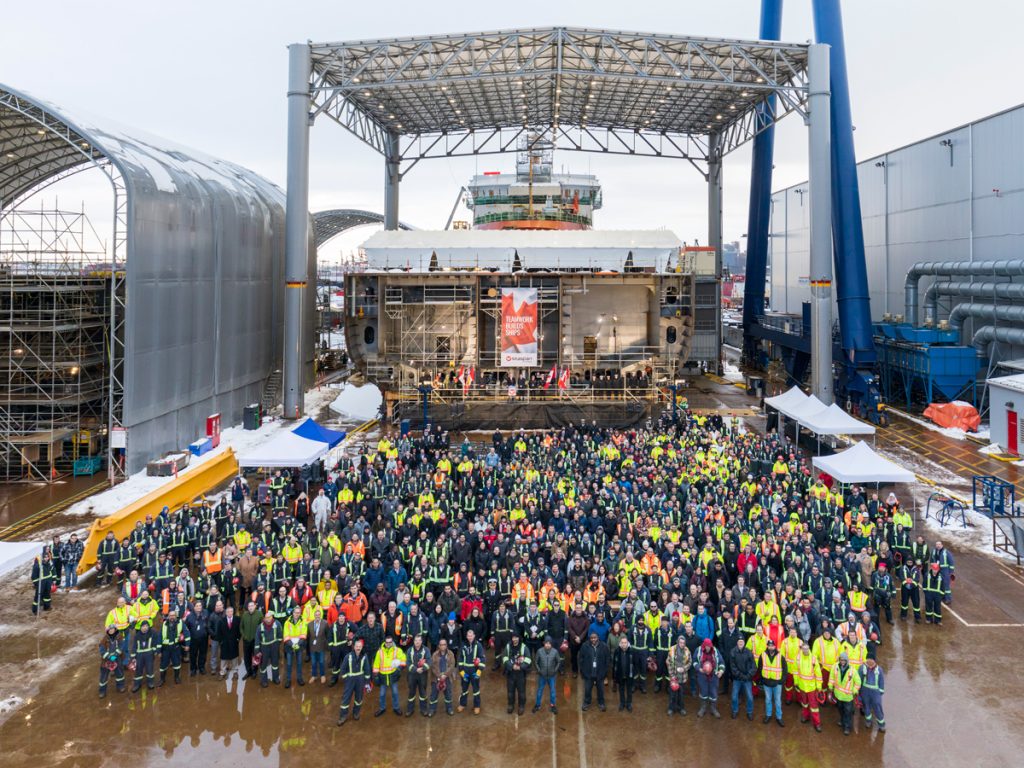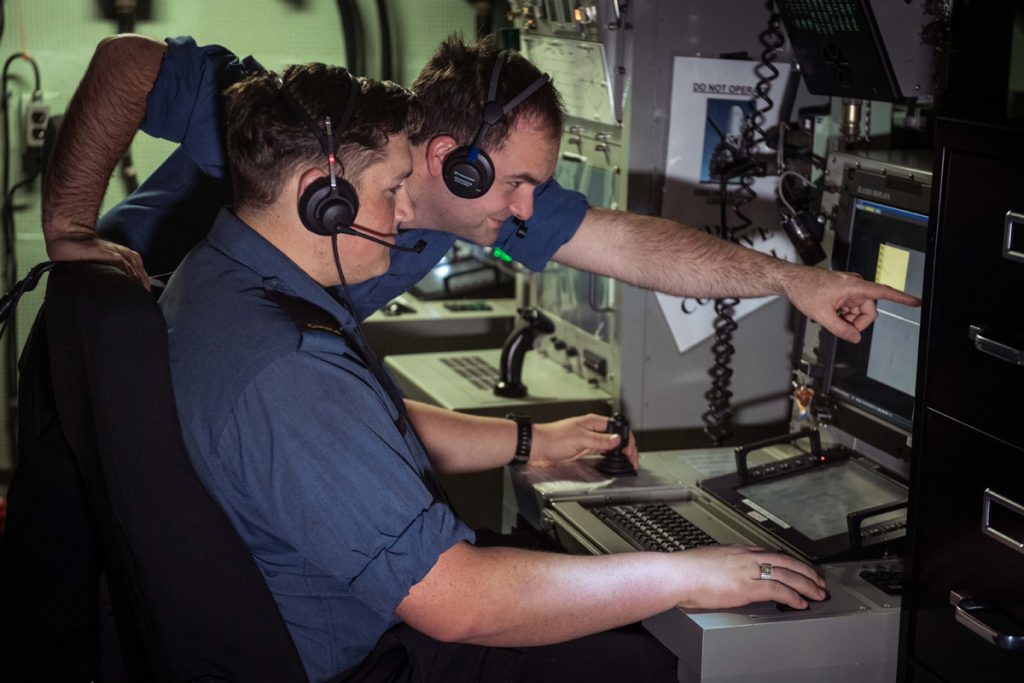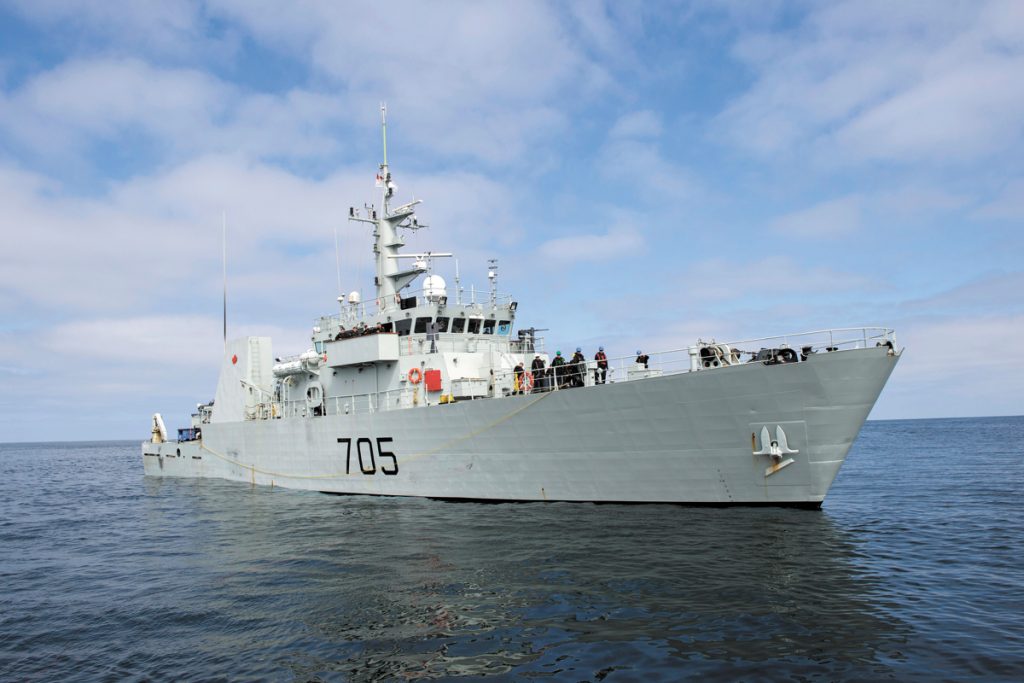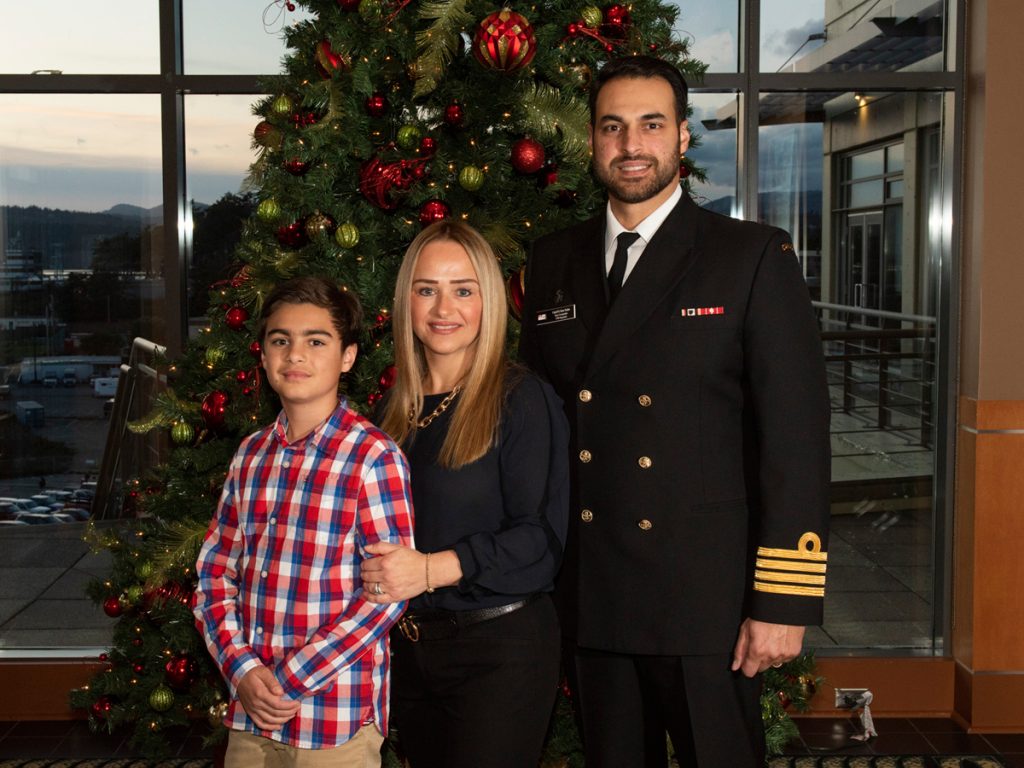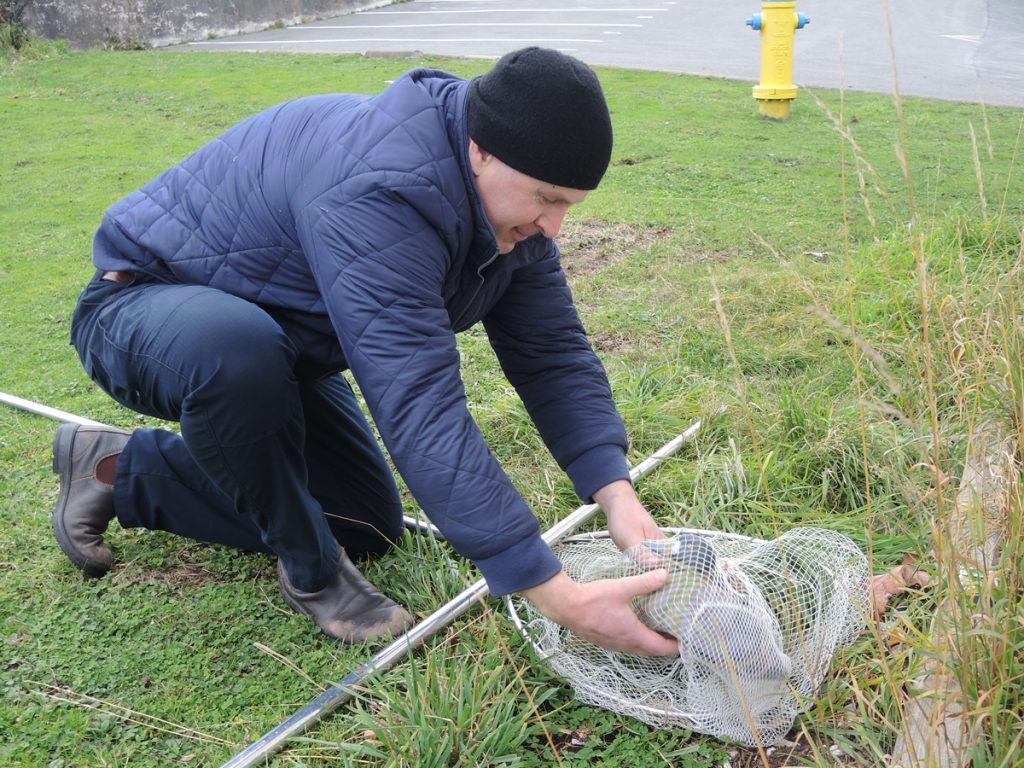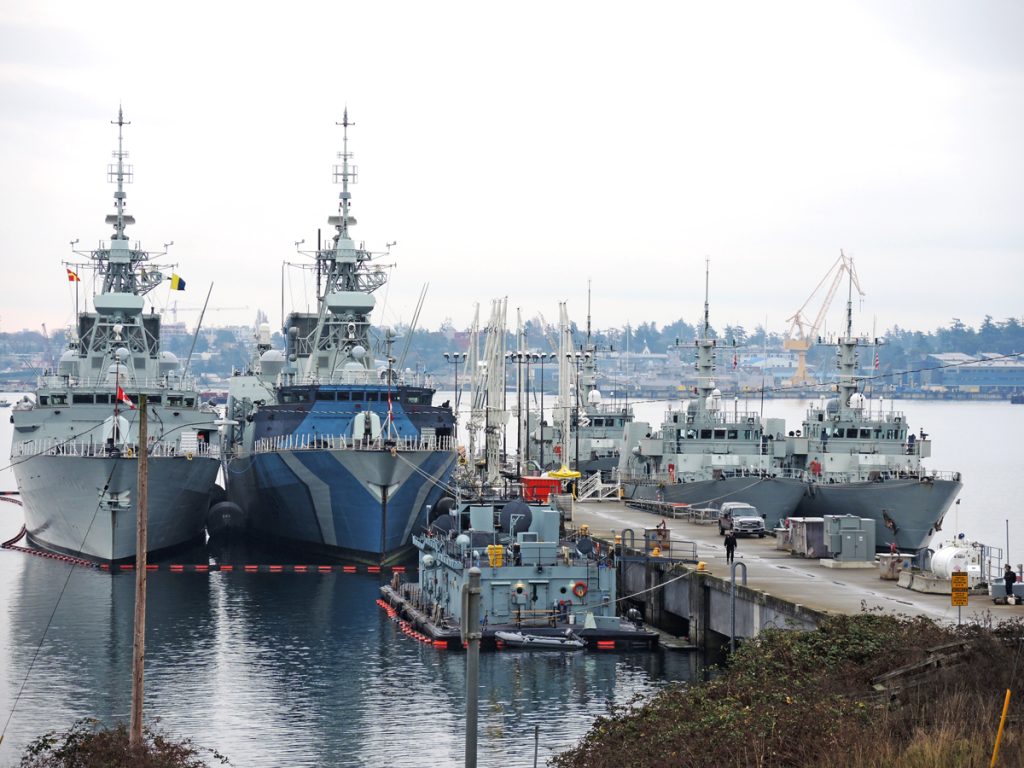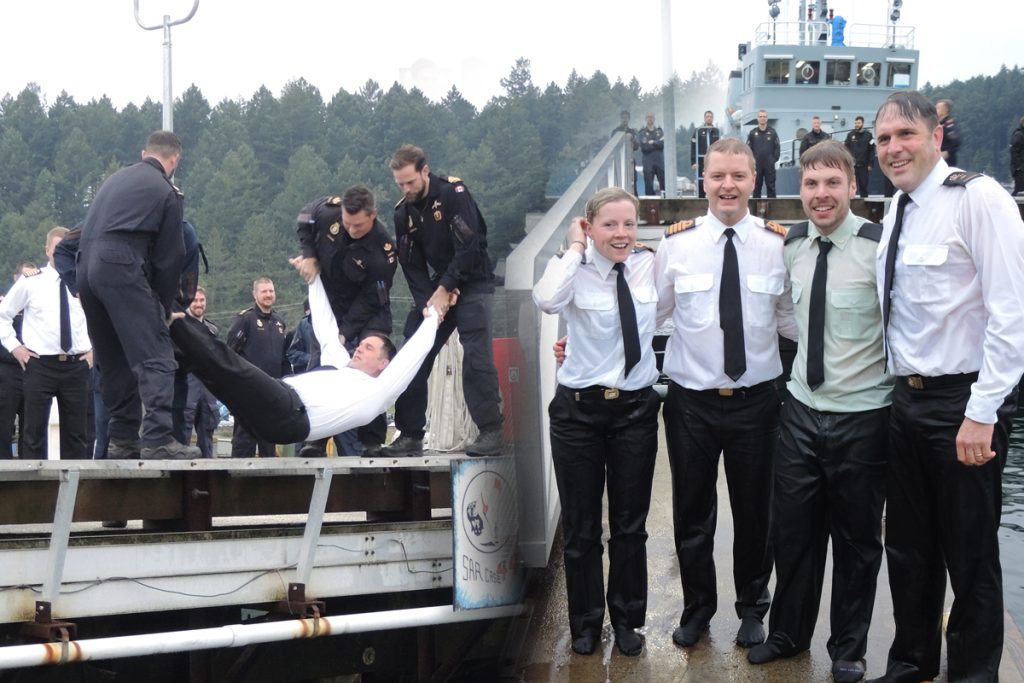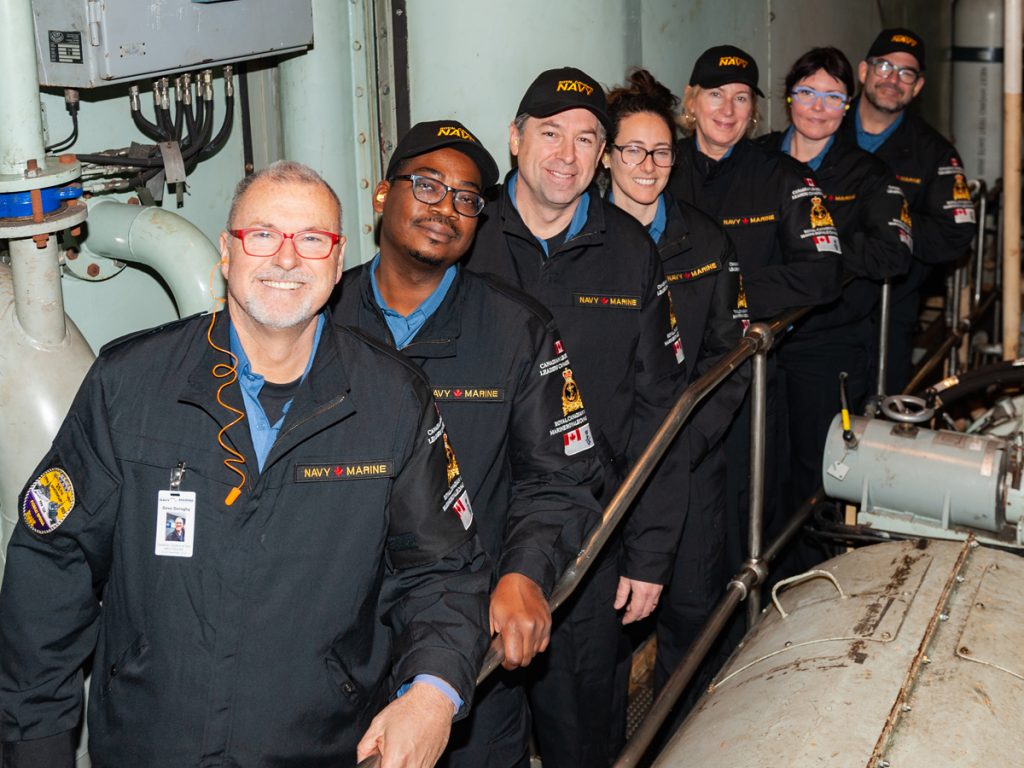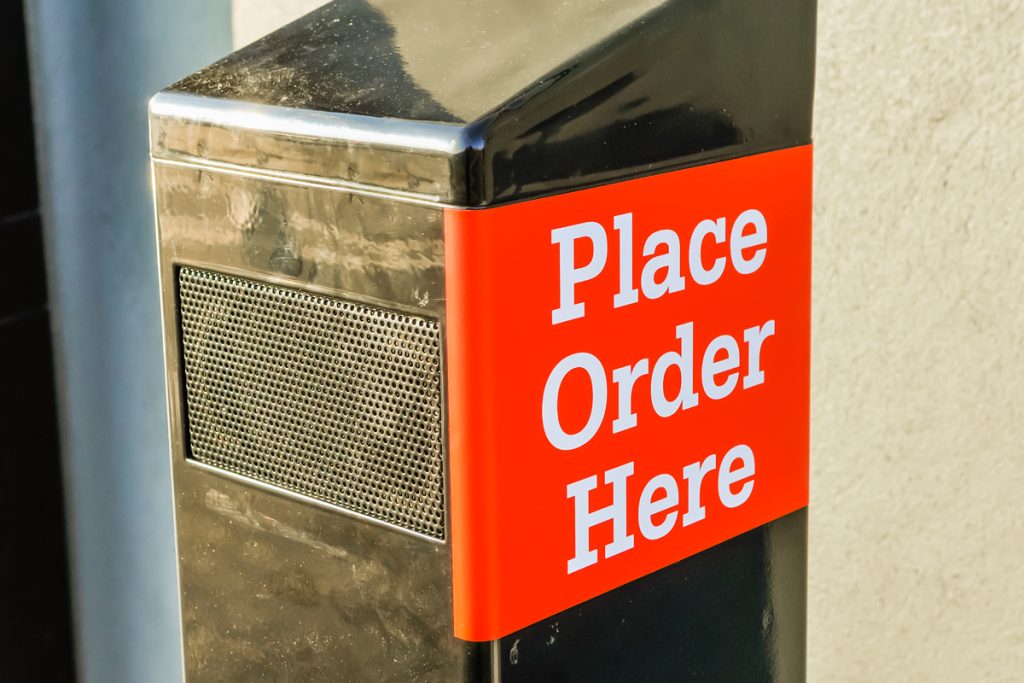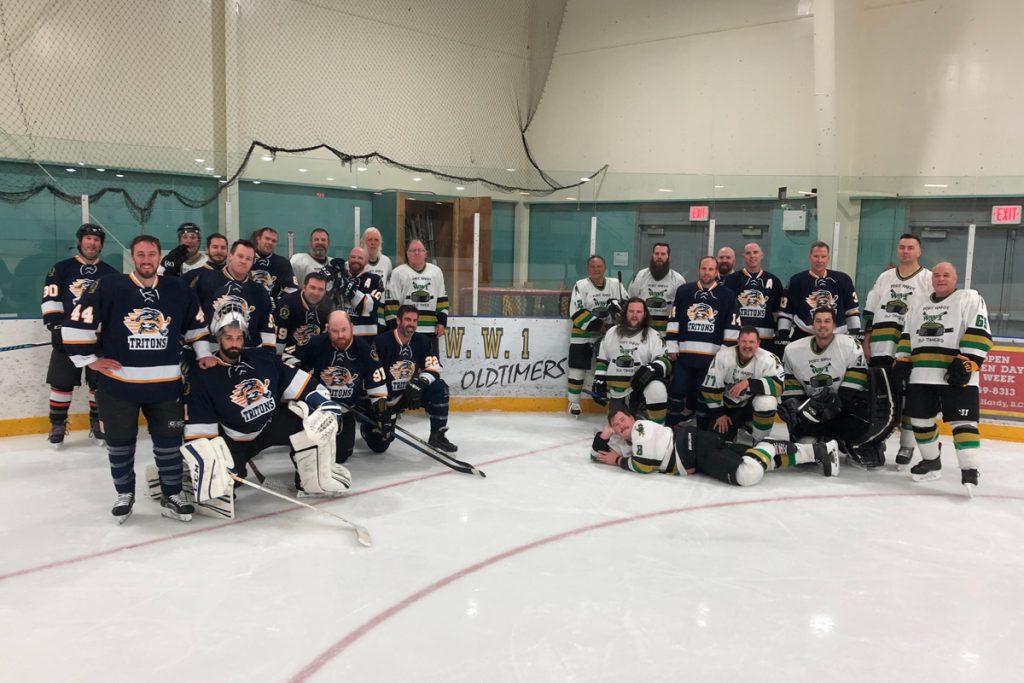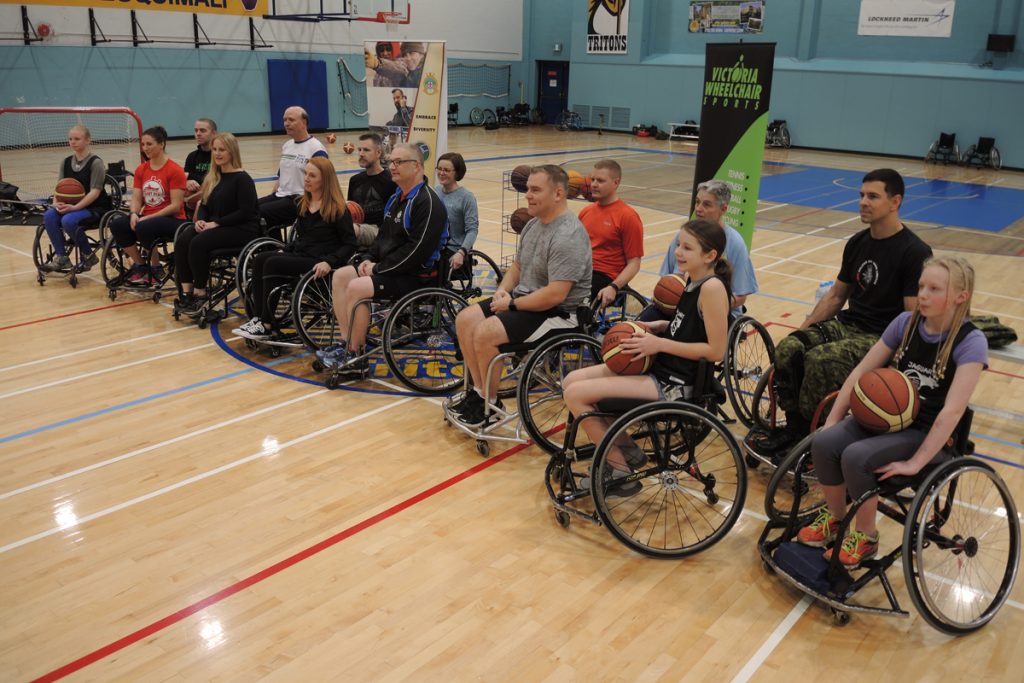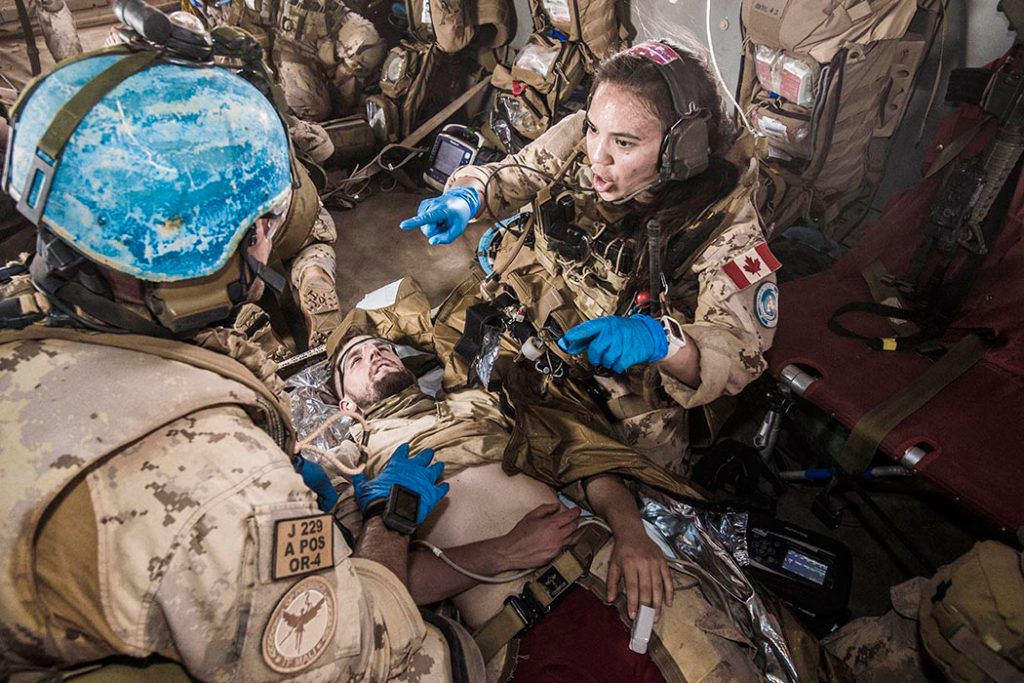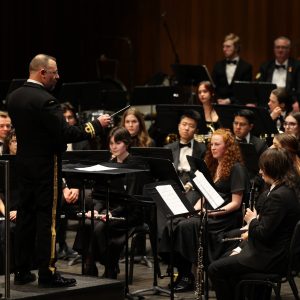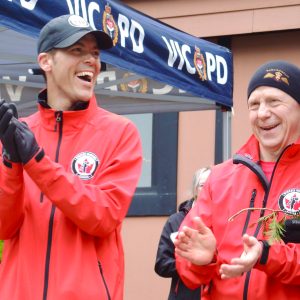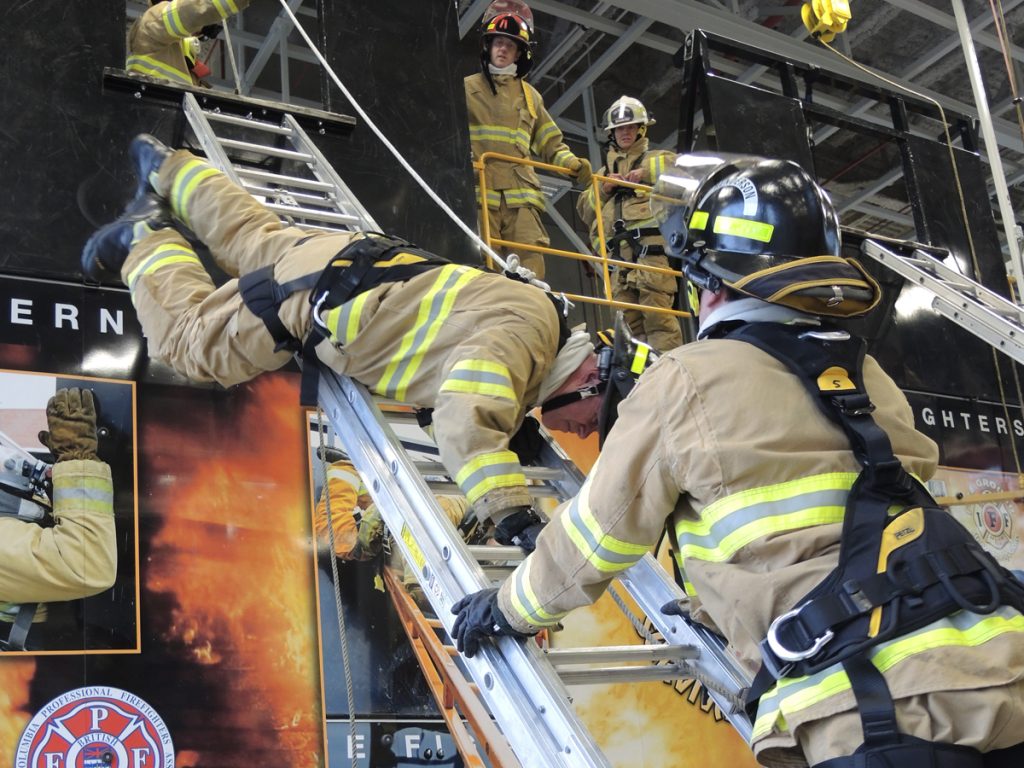
Firefighters ground survival training hot item
[caption id="attachment_22434" align="alignnone" width="593"] Firefighters from CFB Esquimalt Fire and Rescue practice their ladder bails during an International Association of Firefighters (IAFF) Fire Ground Survival Program. The program is designed to help firefighters across North America escape dangerous life-threatening situations during emergency calls. Photo by Peter Mallett, Lookout[/caption]Peter Mallett, Staff Writer ~Normally when entering a burning building the focus is on saving the lives but now firefighters at CFB Esquimalt are also learning how to save themselves. During the month of January all 60 firefighters at the base, civilian employees of the Port Operations and Emergency Services Branch (POESB), have been enrolled in the International Association of Fire Fighters (IAFF) Fire Ground Survival Program. The intensive training course is designed to help firefighters across North America gain all the necessary skills for survival in such an emergency, offering training to help them prevent a mayday situation and also effectively manage a mayday call from one of their coworkers. “This is extremely beneficial safety training for the department and a first for us,” said CFB Esquimalt Fire and Rescue Chief Geordie Douglas. “We hope our firefighters never get into a situation like this but if they do, they now have the tools in their toolbox to get themselves out of a burning building or other structure safely.”The BC Chapter of the union representing full-time firefighters in the United States and Canada and is providing the training kit which is all packed up neatly in a 30-foot storage trailer that is parked in their station house on Esquimalt Rd. Until the end of the month the firefighters will be practising the necessary techniques of how to safely exit a burning building when fire, smoke or poisonous fumes make it too dangerous for them to remain.Captain Jim Grant of CFB Esquimalt Fire and Rescue...


